The Science Behind Plant Air Purification
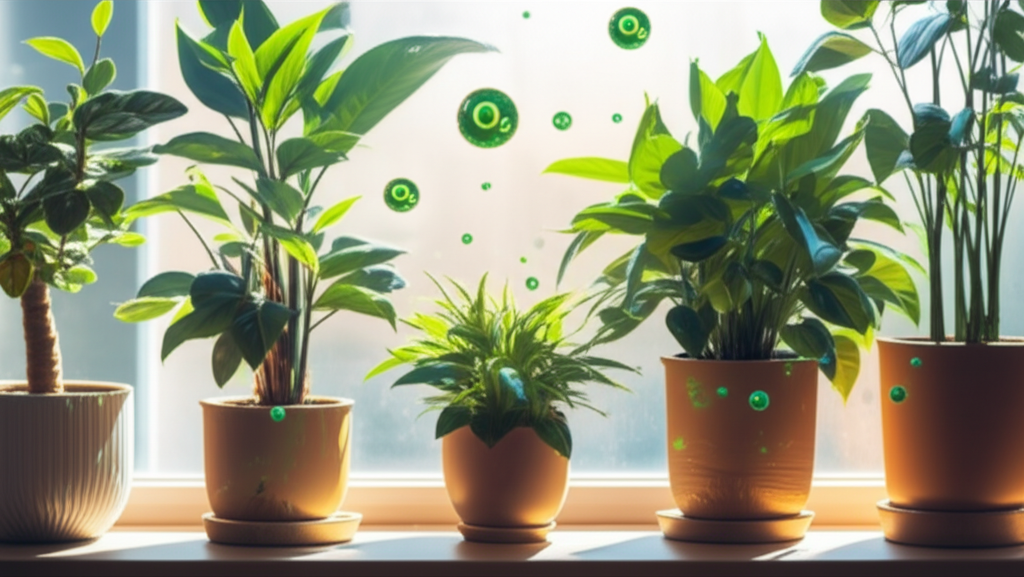
Indoor air pollution is a significant concern in modern homes and offices. The air inside our living spaces can contain a variety of pollutants, from volatile organic compounds (VOCs) emitted by furniture and cleaning products to particulate matter and allergens. Fortunately, nature has provided us with a beautiful solution: houseplants.
How Plants Clean the Air
Plants improve air quality through several mechanisms. Understanding these processes can help you make informed decisions about which plants to include in your home for maximum air-purifying benefits.
Photosynthesis: The Oxygen Exchange
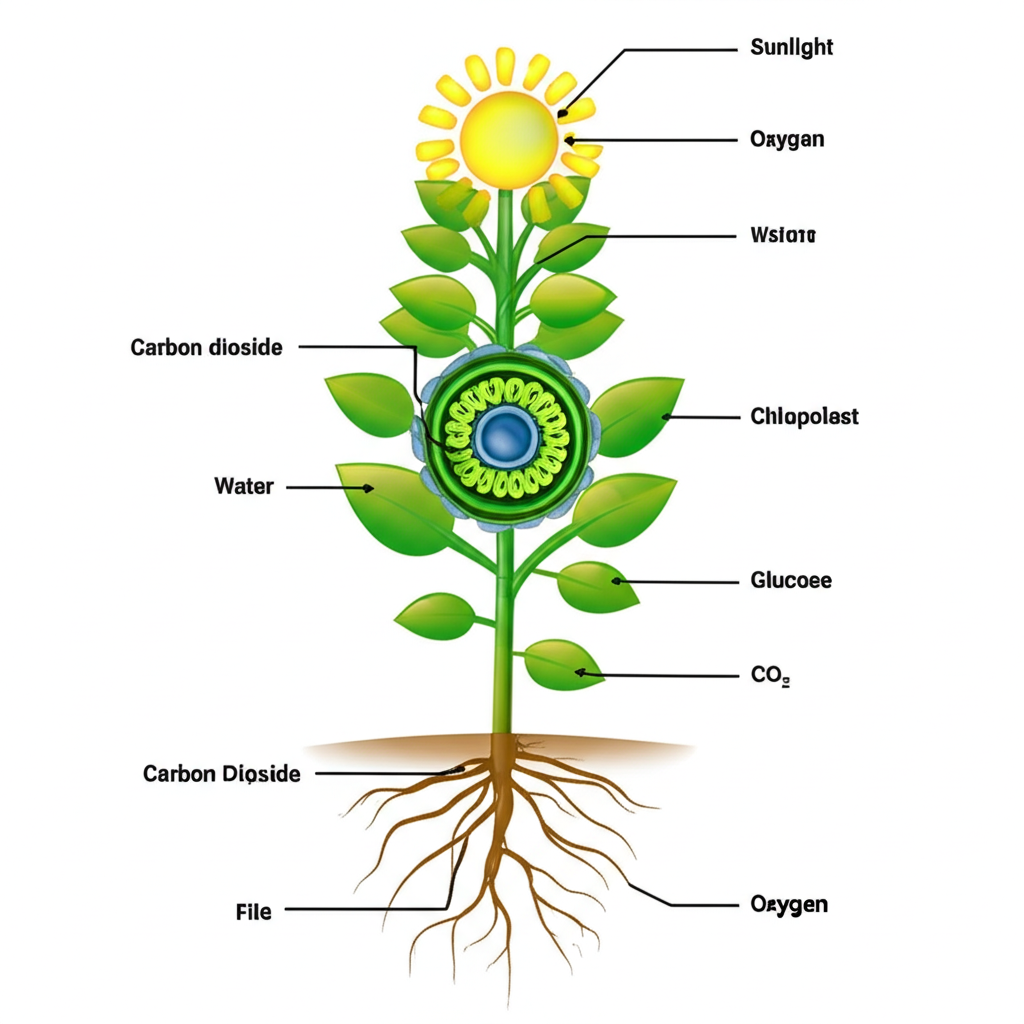
The most basic way plants improve air quality is through photosynthesis. Plants absorb carbon dioxide from the air and release oxygen as a byproduct. This natural process helps maintain oxygen levels in enclosed spaces and reduces carbon dioxide concentration, creating a fresher environment.
While all plants perform photosynthesis, some species are more efficient at this gas exchange than others. Fast-growing plants with large leaf surfaces tend to be more effective at producing oxygen and absorbing carbon dioxide.
Phytoremediation: Removing Toxins
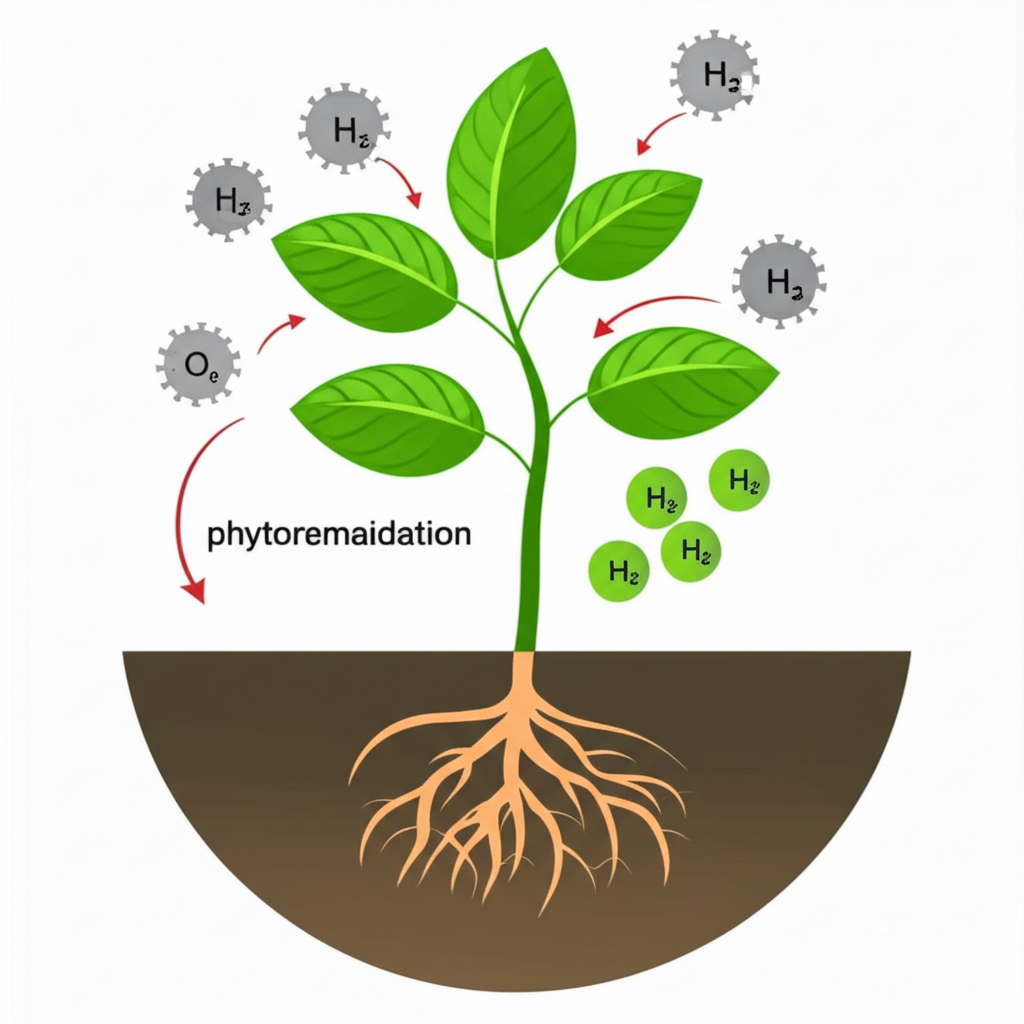
Beyond the simple oxygen-carbon dioxide exchange, plants can remove various toxins from the air through a process called phytoremediation. NASA's Clean Air Study, conducted in the late 1980s, demonstrated that certain houseplants could remove significant amounts of indoor air pollutants such as:
- Formaldehyde (found in pressed wood products, insulation, and paper products)
- Benzene (found in plastics, synthetic fibers, lubricants, and detergents)
- Trichloroethylene (found in adhesives, paint removers, and spot removers)
- Xylene (found in leather, rubber, and print materials)
- Ammonia (found in cleaning products and fertilizers)
Plants absorb these pollutants primarily through tiny openings in their leaves called stomata. The toxins then move to the plant's roots, where microorganisms in the soil break them down into harmless substances that the plant can use for food.
Top Air-Purifying Plants
While many houseplants offer some air-purifying benefits, certain species have proven particularly effective at removing toxins from indoor air. Here are some of the best performers:
1. Rubber Plant (Ficus elastica)
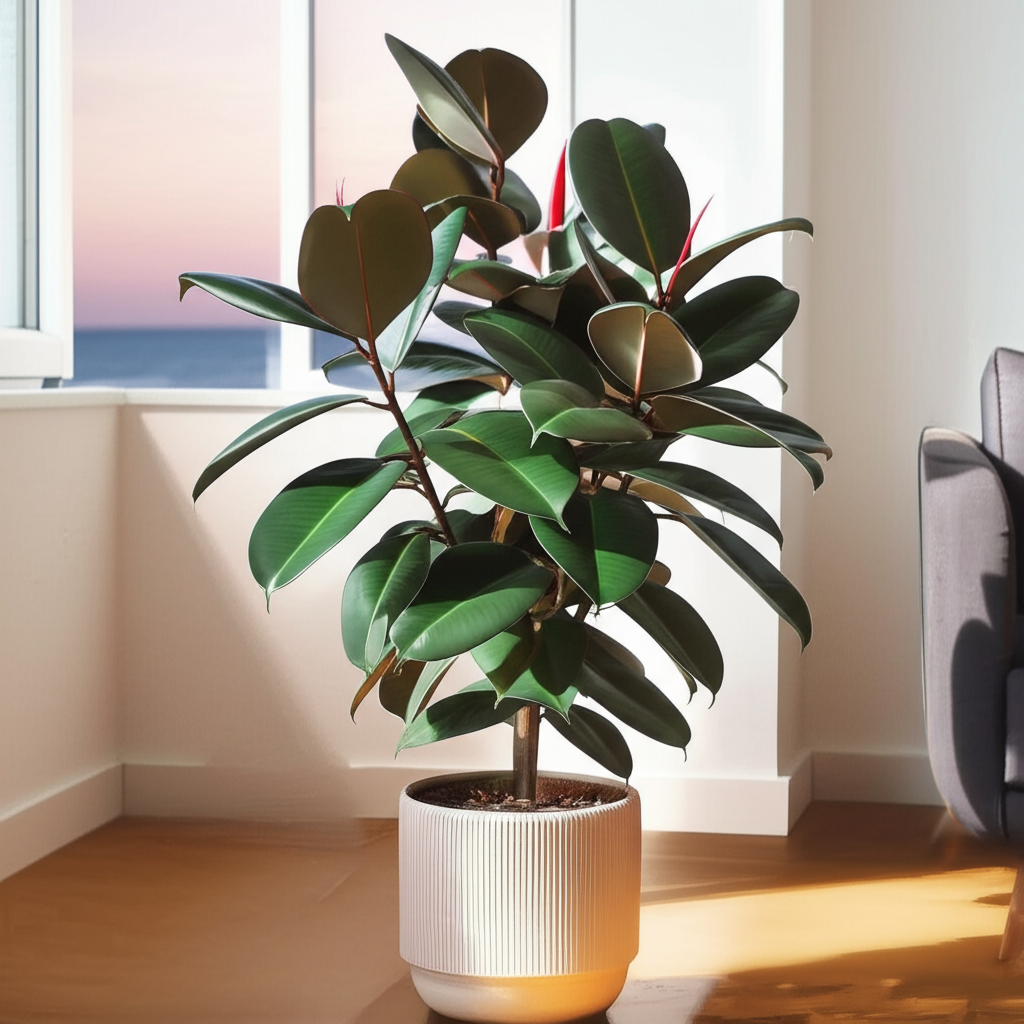
The rubber plant is excellent at removing formaldehyde from the air. Its large, glossy leaves provide ample surface area for gas exchange and toxin absorption. Rubber plants are relatively easy to care for, preferring bright, indirect light and moderate watering.
2. Bamboo Palm (Chamaedorea seifrizii)
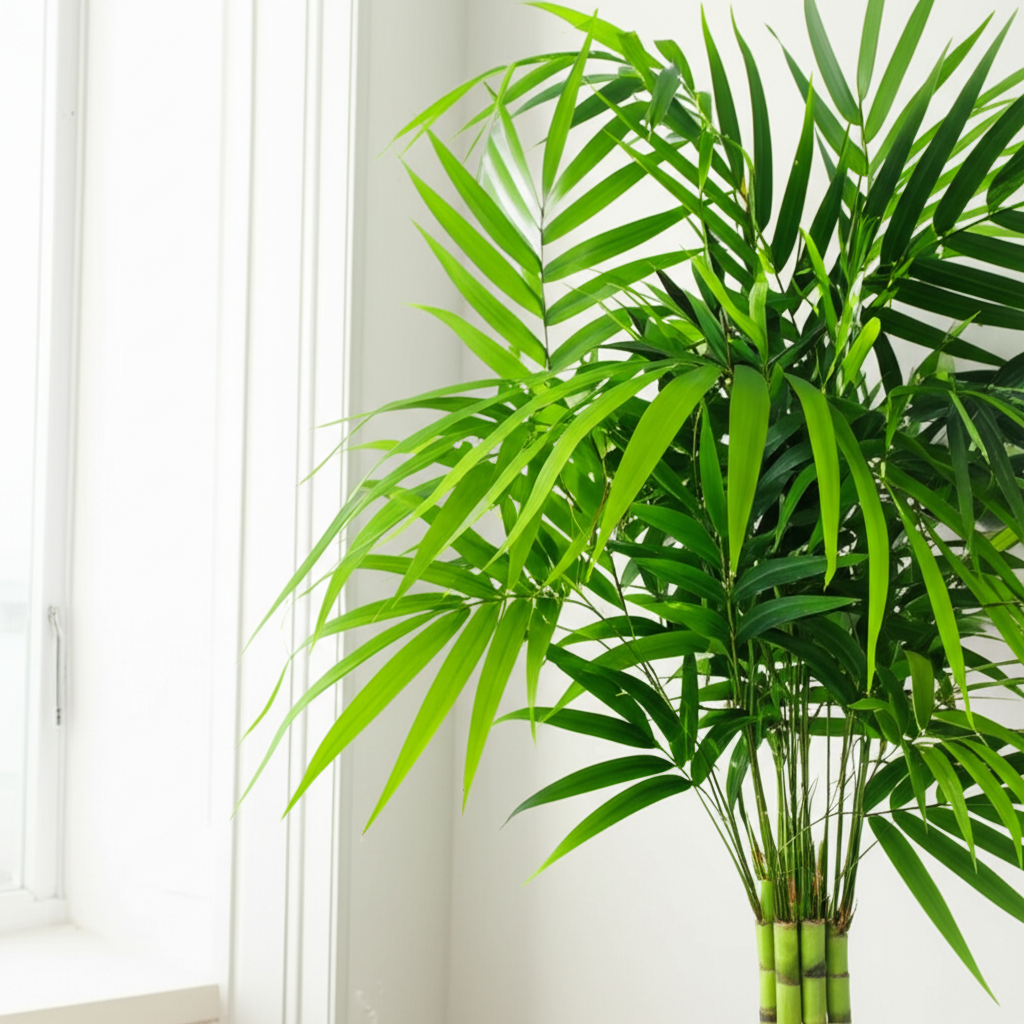
The bamboo palm effectively removes benzene, formaldehyde, and trichloroethylene from the air. It's also a natural humidifier, adding moisture to dry indoor environments. Bamboo palms thrive in indirect light and consistently moist (but not soggy) soil.
3. Snake Plant (Sansevieria trifasciata)
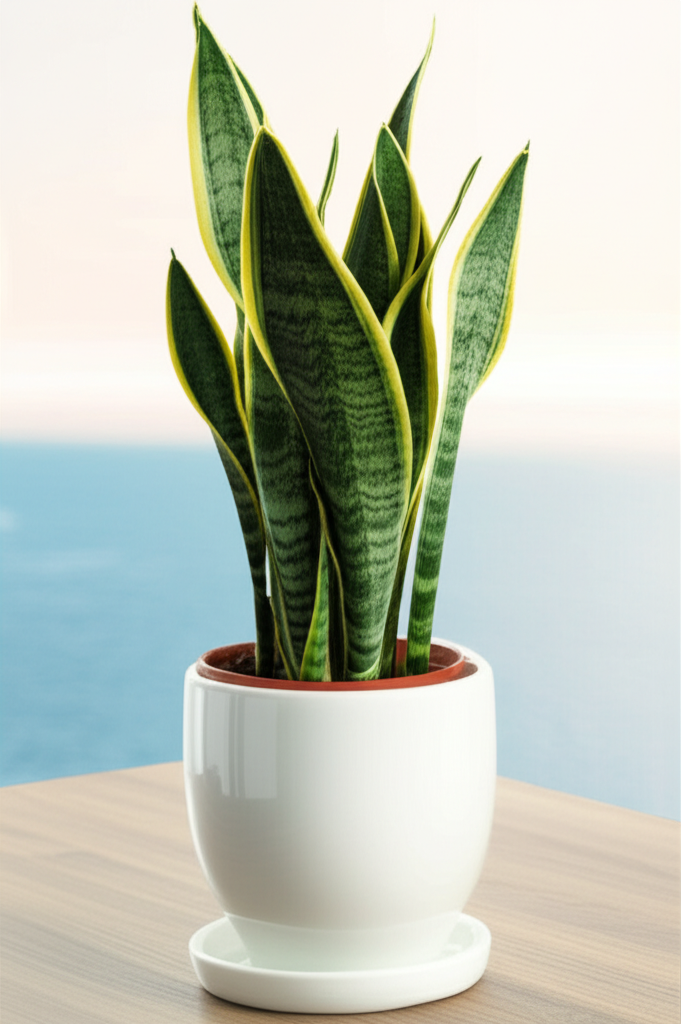
The snake plant is one of the most resilient air-purifying plants. It's particularly effective at removing formaldehyde, xylene, toluene, and nitrogen oxides from the air. What makes snake plants especially valuable is their ability to convert carbon dioxide to oxygen at night, unlike most plants that only do this during the day. This makes them ideal bedroom plants. Snake plants are extremely low-maintenance, tolerating low light and infrequent watering.
Maximizing Air Purification Benefits
To get the most air-purifying benefit from your houseplants, consider these practical tips:
- Use multiple plant species: Different plants excel at removing different toxins, so a diverse collection will provide more comprehensive air purification.
- Consider plant density: Research suggests that one medium-sized plant (6-8 inch pot) per 100 square feet of space provides optimal air-cleaning benefits.
- Keep leaves clean: Dust on leaves can block stomata and reduce a plant's ability to absorb pollutants. Gently wipe leaves with a damp cloth periodically.
- Ensure proper plant health: Healthy plants are more efficient air purifiers. Provide appropriate light, water, and occasional fertilizer to keep your plants thriving.
- Place plants strategically: Position air-purifying plants near potential sources of pollutants, such as new furniture, electronic equipment, or areas with poor ventilation.
The Holistic Benefits of Indoor Plants
While the air-purifying properties of houseplants are impressive, their benefits extend beyond just cleaning the air. Indoor plants also:
- Increase humidity, which can reduce respiratory irritation and dry skin
- Reduce stress and improve mood through their calming presence
- Enhance concentration and productivity in work environments
- Dampen noise in indoor spaces by absorbing sound waves
- Create a more aesthetically pleasing environment
By incorporating air-purifying plants into your home or office, you're not just improving air quality—you're creating a healthier, more pleasant living environment overall.
Conclusion
The science behind plant air purification reveals nature's elegant solution to indoor pollution. Through photosynthesis and phytoremediation, houseplants can significantly improve the quality of the air we breathe indoors. By selecting the right plants and caring for them properly, you can harness these natural air-cleaning mechanisms to create a healthier living environment.
As you build your collection of air-purifying plants, remember that consistency in plant care is key to maintaining their air-cleaning abilities. With proper attention, your indoor garden will not only beautify your space but also help you breathe easier every day.
